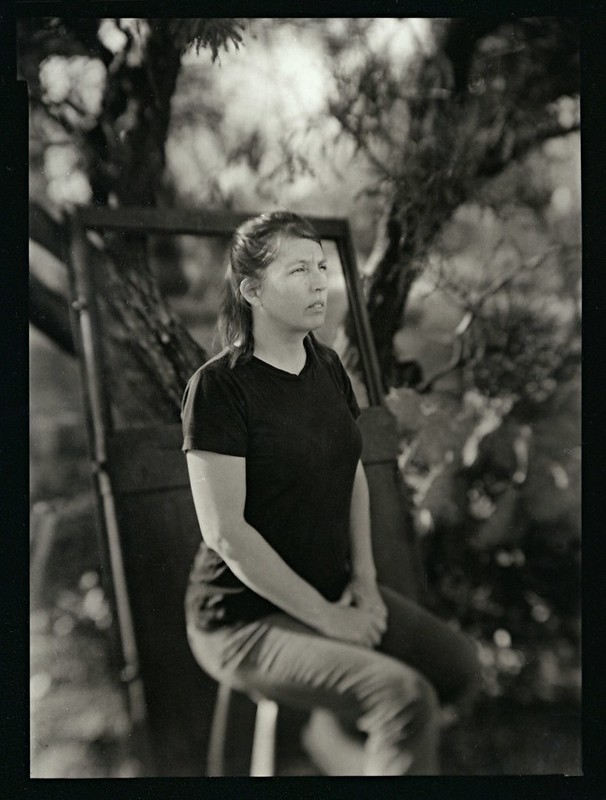I started with 35mm film in the early 70's, had a good 15+ year break, got back in to photography in the early 2000's with digital, rediscovered film and use digital mostly for railroad photos.
Why I am getting in to LF: in 2008 I suffered a rear cerebral stroke from a job site injury. I lost all ability to walk, read, focus my eyes quickly etc. I could not even turm my head without extreme pain and nausea. I was told I would never drive or work physically again. Well 3 months later I was driving (best guess by a neurologist was my body being stationary eliminated the balance issues) and 5 months after that I was working again. If you ever get that kind of prognosis from doctors get new doctors!
Part of my self planned therapy was walking my neighborhood with a film camera to train my body to walk again and actuall do at least two things at once. A film camera forced me to think about and set focus, speed and aperture while walking and moving my head to look for shots. It was ugly at first but that exersise was a big part of healing.
Since my recovery I have realized that the slower I go when photographing the more I enjoy it. I stumbled on to the Largeformatphoto forum over a year ago. The more I read the more I thought that it would be the ultimate in slow, thought out photographing. And I am enjoying every minute of it, including the frustrations and screw ups. And the other things about perspective , focus cntrol etc. too, but those reasons aren't why I got in to it, they're just added benefits.









